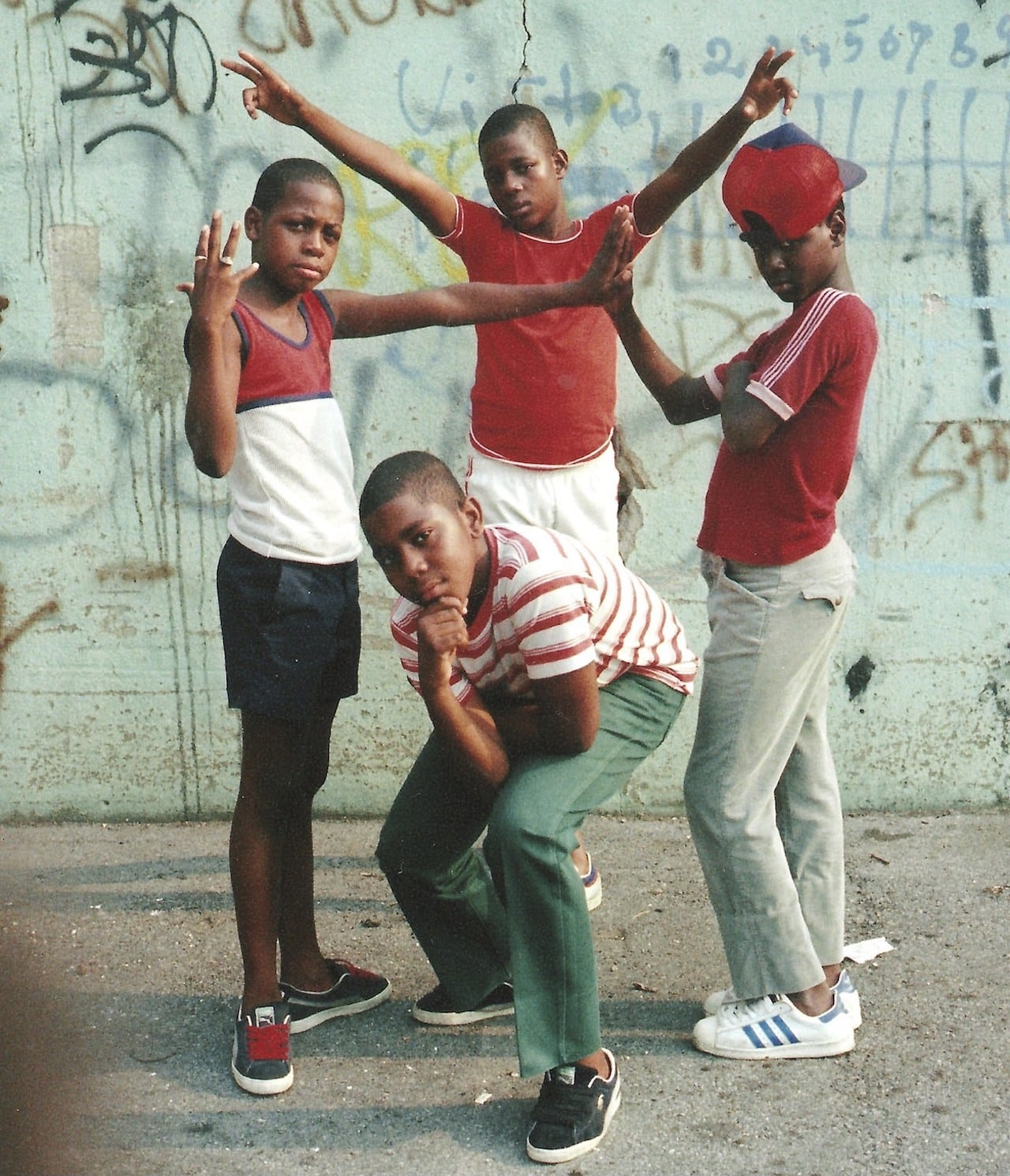



The process of gentrification is one of the most widely misunderstood concepts and realities of urban life. Though protesting disadvantaged communities getting kicked out of their neighborhoods is more popular than it used to be, those sentiments tend to look at the issue as a passive, irreversible and singular phenomenon that depends on the area at hand. However, we must recognize gentrification as the violent, insidious and calculated uprooting that it is, and that starts by understanding the history of urban spaces. This page focuses on Brooklyn, a borough that has experienced many fabricated transformations in the last 60 years.

I went to New York for the first time in July 2019, and it had been a lifelong dream of mine to see such a mystical and iconic place with my own two eyes. Despite my best efforts not to be a typical tourist, my mom and I never found ourselves to be in Brooklyn except to see the Manhattan bridge. We always were in Hell’s Kitchen, Chelsea or anywhere in midtown really; those places seemed cool enough but not quite as intimidating and mysterious as Brooklyn. In my defense, Brooklyn bound trains are known to be even more troublesome than usual in the summer, so I knew getting there knowing nothing about the MTA was too big of an undertaking for me. A few years later, my dream was closer than ever as I was about to start college in the coolest city in the world, but alas one last obstacle was in my way; the New York City real estate market. Once again, due to my unchecked biases towards *certain* urban spaces, my heart leaned towards Manhattan as I looked for places to stay.
I quickly realized how ludicrously beyond my budget it was and quickly moved on, to find a (still very pricey) place in Bed-Stuy. It was a semi-renovated Brownstone bought by corporate landlords that turned it into three floors of shared living space. I was very excited to live in such a historically rich area, but couldn’t help but feel disappointed at the shadow of a neighborhood that I witnessed. I rarely ever saw people out on the streets and many of the beautiful Brownstones and even some businesses around me looked abandoned and in rough shape. Thankfully though, I found a new, more affordable place in a different neighborhood that hadn’t been mistreated quite like Bed-Stuy. It has a vibrant African American and Caribbean community, plenty of Black-owned small businesses in food, hair, clothing, music and fitness to name a few. High rise luxury rentals have risen over the past few years, but the community seems to adapt and stand their ground. Over the past three years, I’ve come from liking Brooklyn as a concept, to profoundly loving every aspect of it. I’ve found myself appreciating the loud music even on week nights, the run-down signs of veteran businesses, and the heavy smoke from jerk chicken stands in the summertime. But what I love the most is the tangible History and culture I can feel by just being there, day to day.